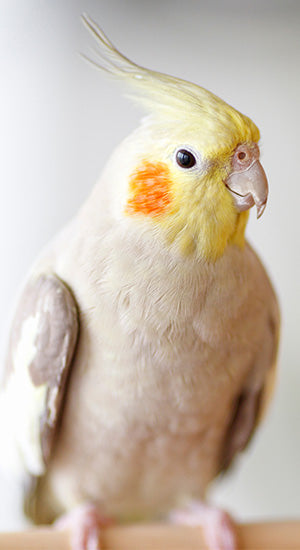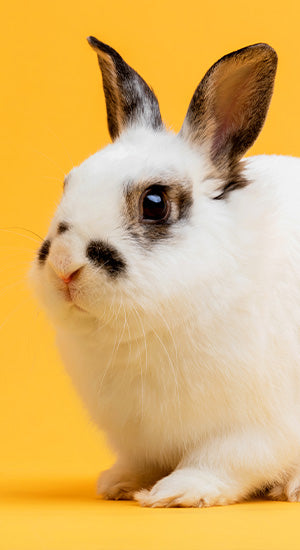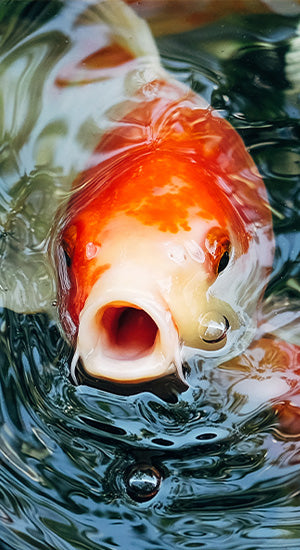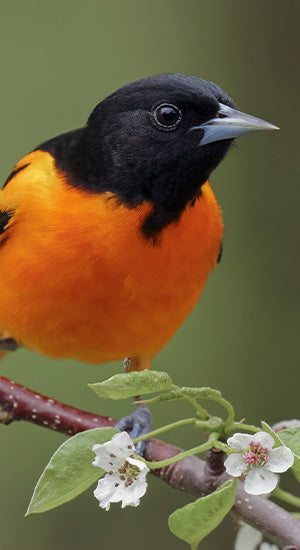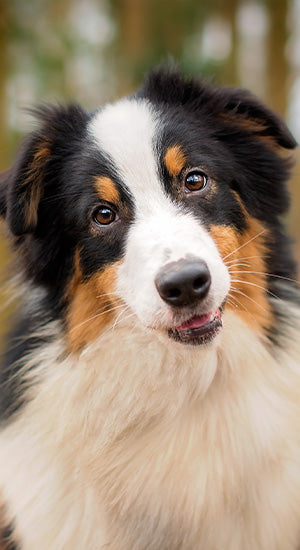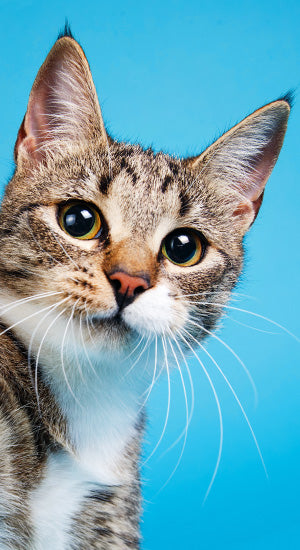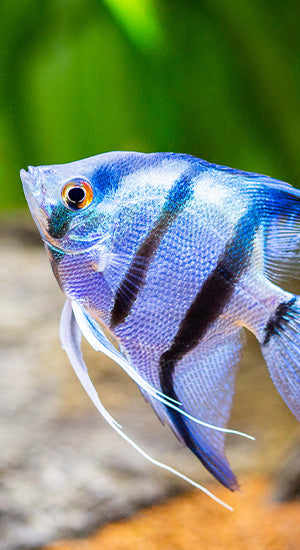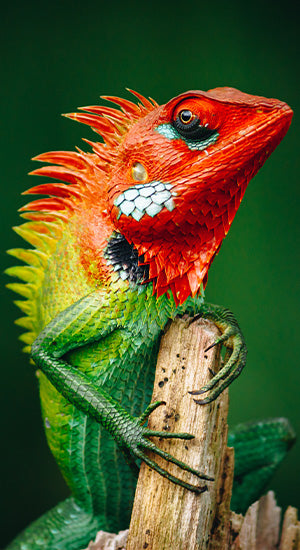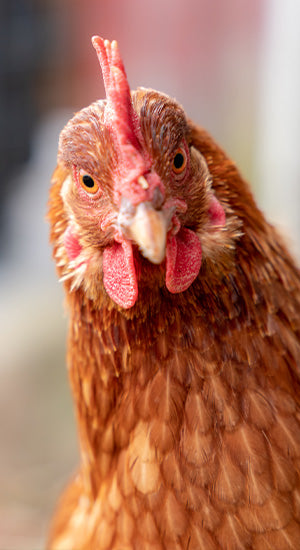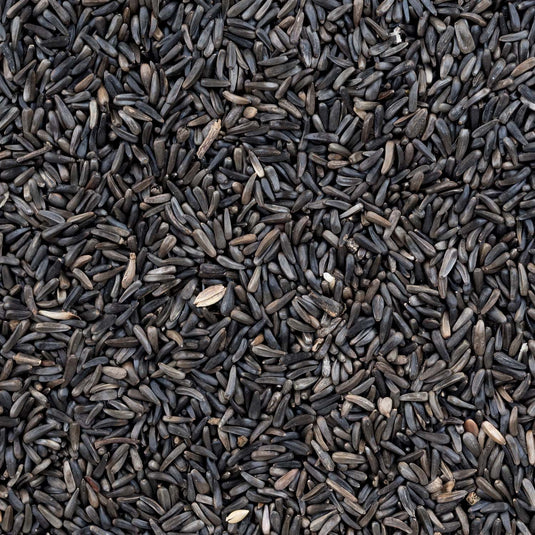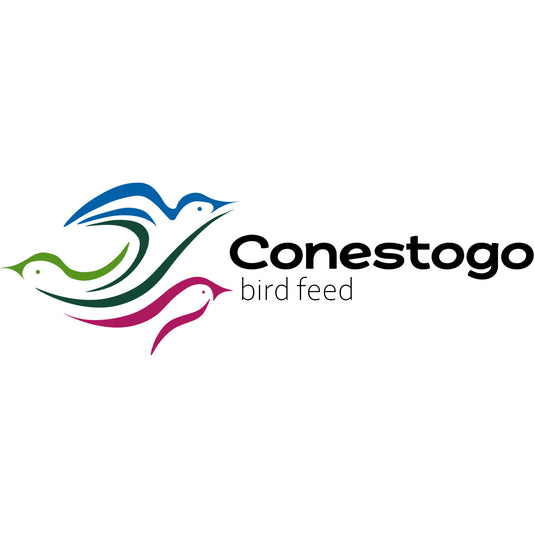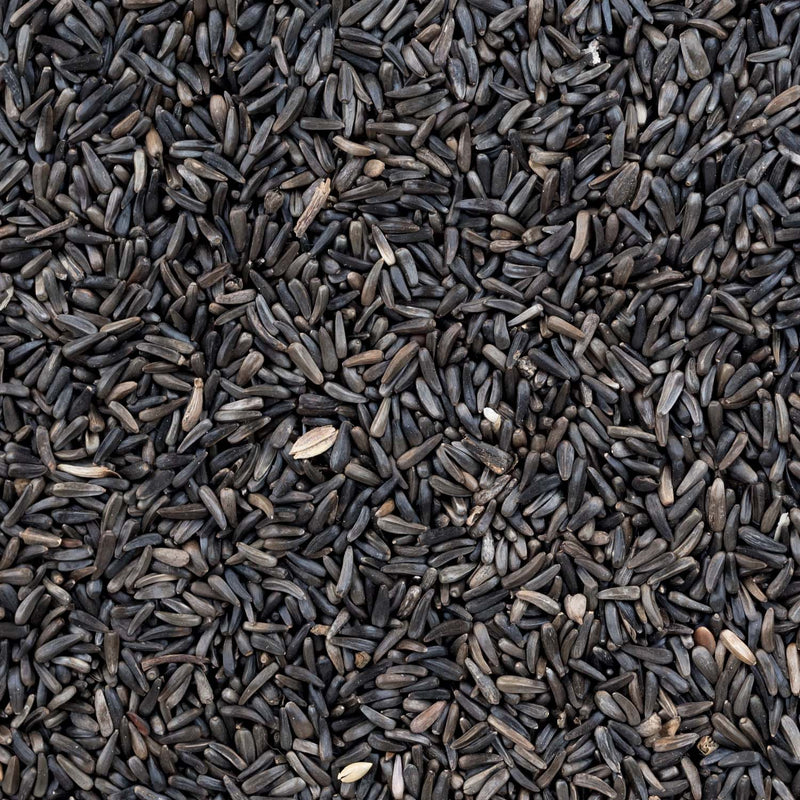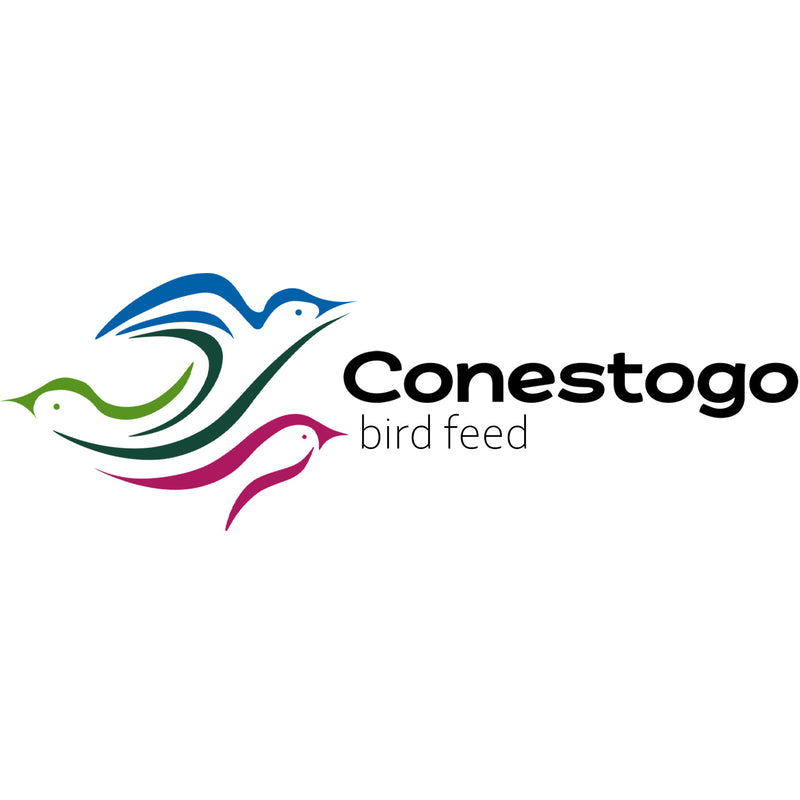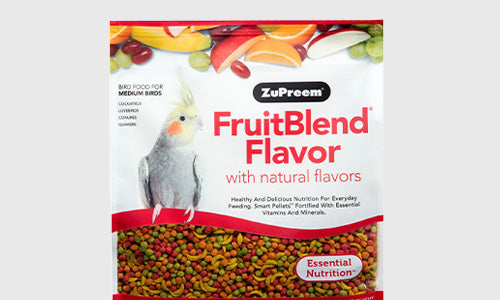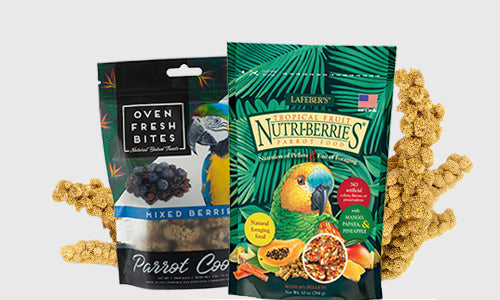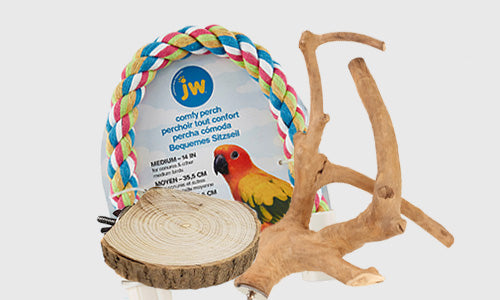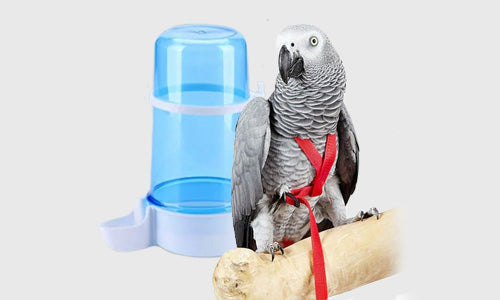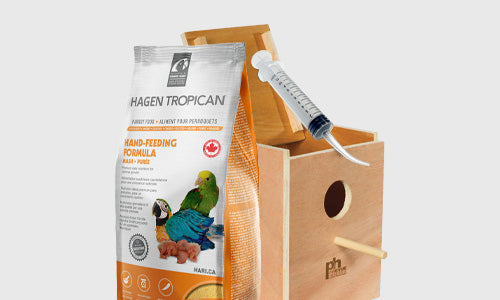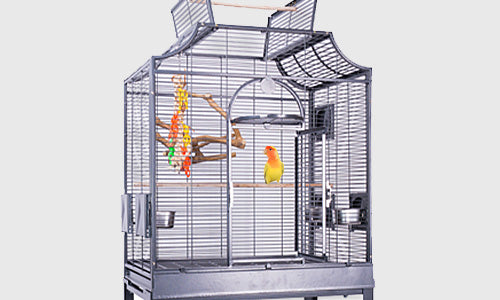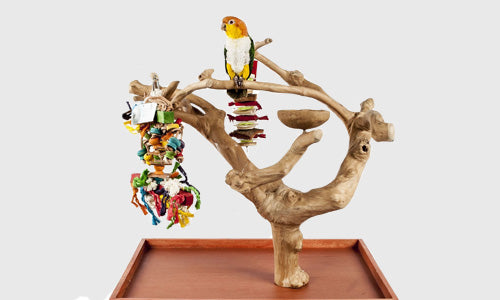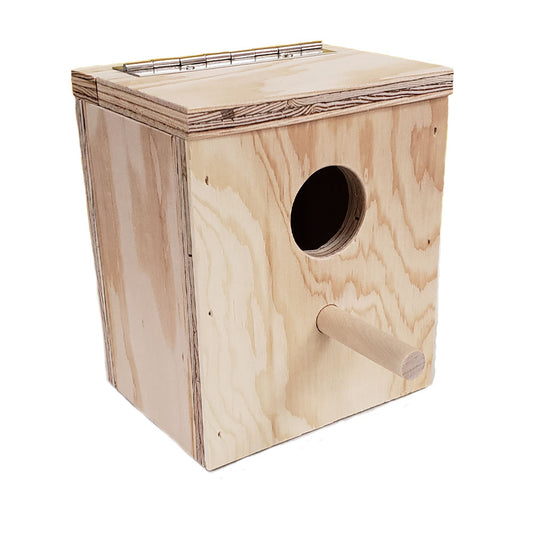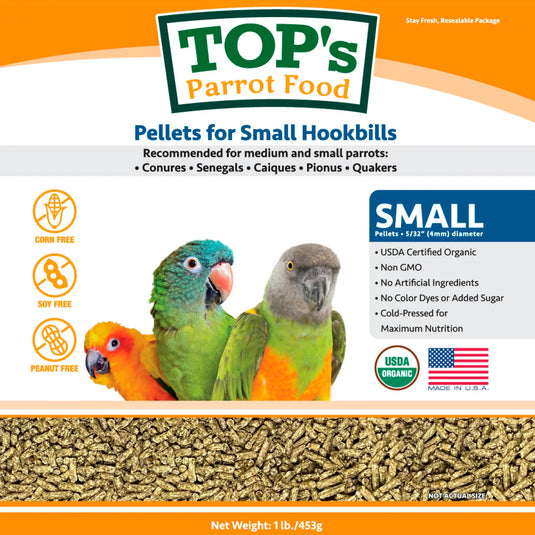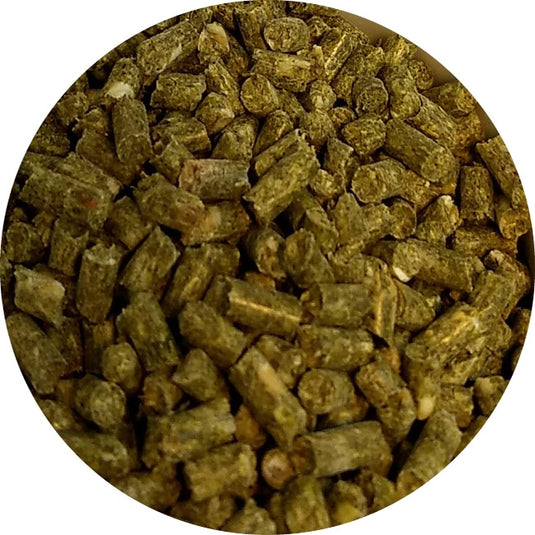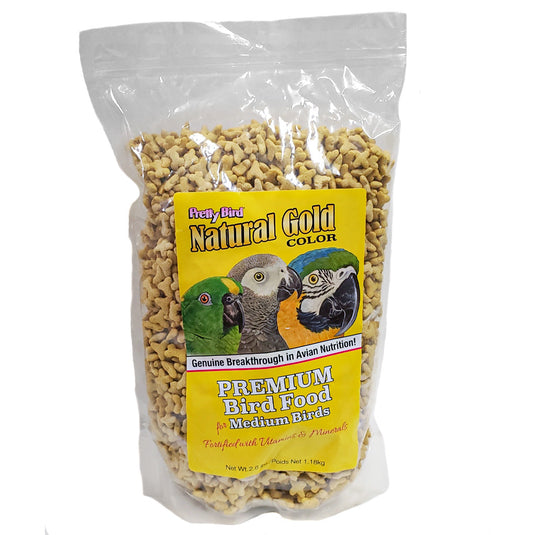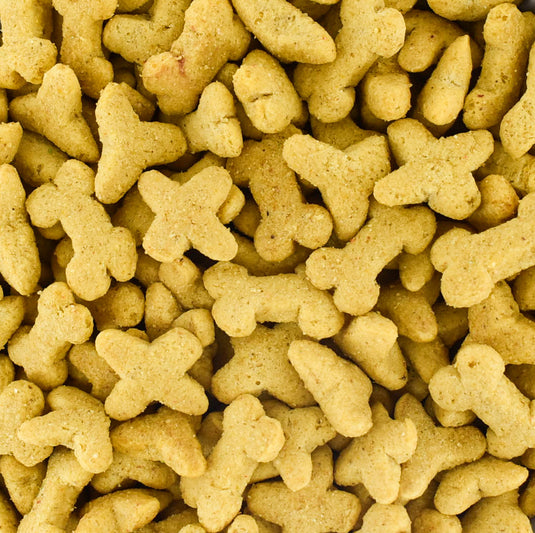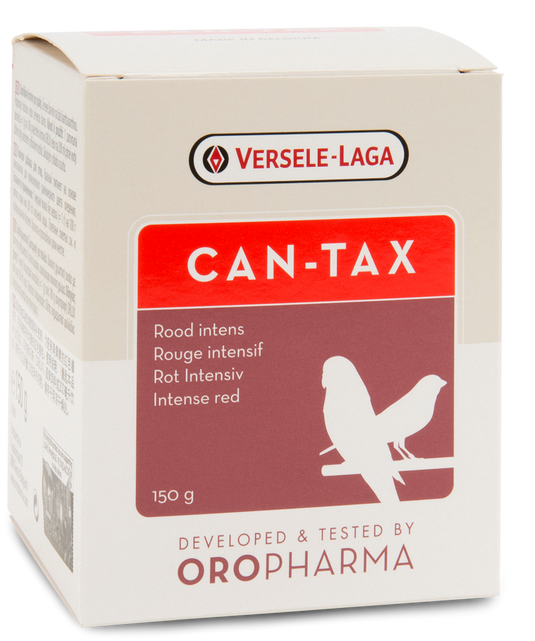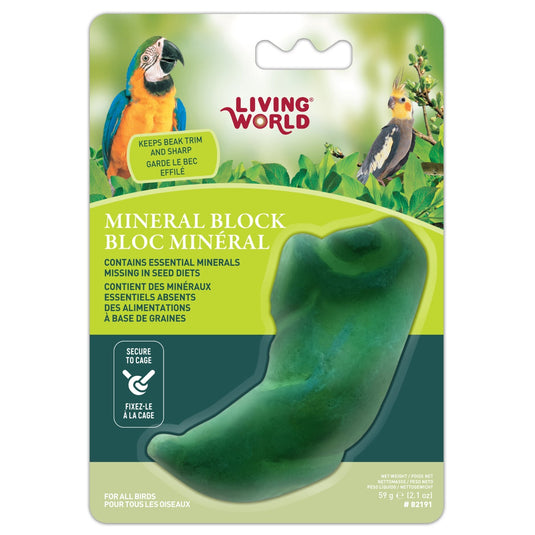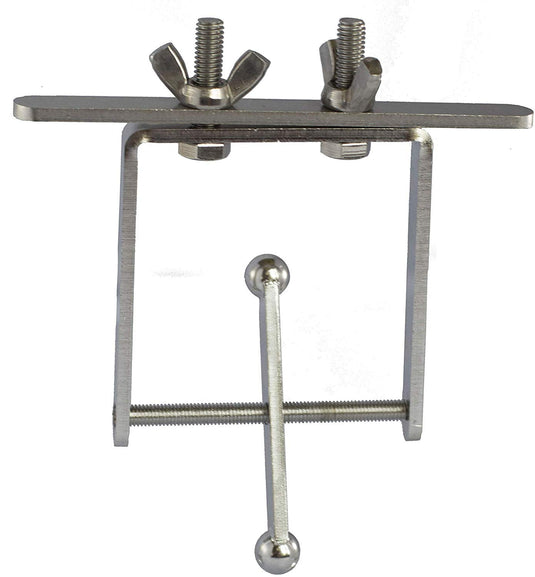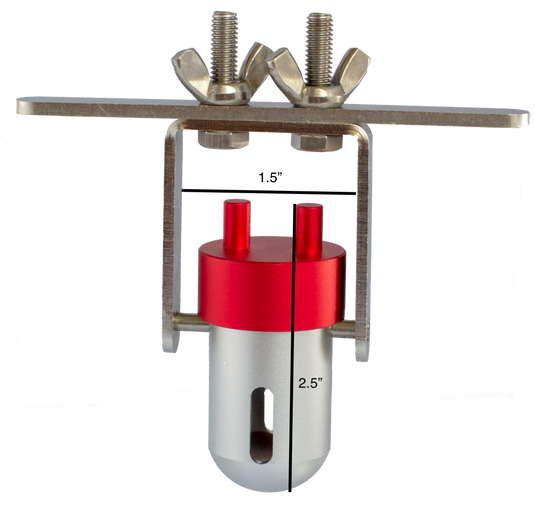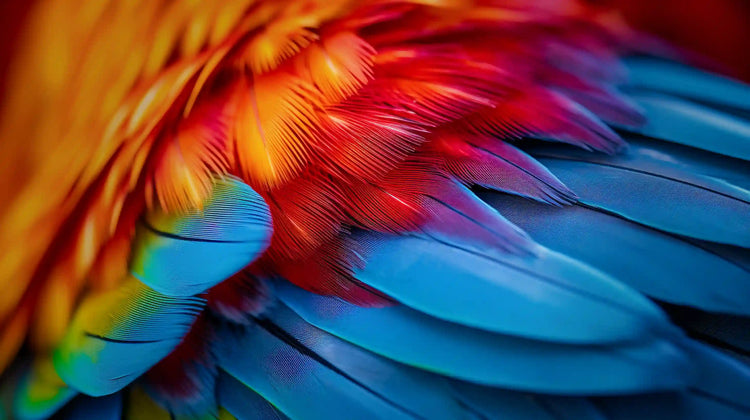Nyjer seeds are very small, slender, black seeds. These seeds are heat-sterilised and will not germinate, as the plant can become invasive in some climates. Because these seeds are so small, they are more popular with tiny birds like finches, canaries, and sparrows. Hookbills may consume nyjer, but most species find the work-to-reward ratio is not worth it. Nyjer is a very rich seed in both macro and many micronutrients.
- Source of Healthy Fats & Protein
- Source of Minerals like Calcium
- High-calorie option for underweight finches & canaries!
Ingredients
100% Nyjer Seed (Guizotia abyssinica)
Nutritional Analysis
Values are approximate per 100g whole nyjer seed
| Calories | 515 |
| Protein | 24% |
| Fats | 39% |
| Fibre | 11% |
Feeding Suggestions
Nyjer seeds are very calorie dense. When feeding species which are prone to weightgain, use in moderation. Best if fed in blends of other seeds with lower fat contents. The table below is a guideline percentage of the bird's daily diet. Monitor your bird's health and condition. Make adjustments accordingly.
| Most Species | up to 7.5% |
| Goldfinches, Siskins, etc. | up to 12.5% |
Consider the ration in relation to other things your bird is consuming. Feeding an abundance of nyjer in an already high-energy mix may be too much for some species. As with all foods, variety is important.
Storage Instructions
Store seeds in a cool, dry location. Allow airflow to prevent the development of molds that may cause illness like Aspergillosis. For extended storage periods (longer than 3-4 months), store in the freezer.

Shower your feathered friend (or furry companion!) with love and rewards at Exotic Wings! Our customer rewards program makes it easy to earn points and save on everything you need to keep your pet happy and healthy. Simply create a free account and you're automatically enrolled. Every dollar spent (excluding taxes and shipping) earns you a point, and those points add up quickly to valuable discounts! Redeem your points at checkout for savings on a variety of bird food, treats, toys, cages, and other pet essentials. We also offer bonus points for referring friends, so spread the love and watch your rewards grow even faster! Sign up today and start earning rewards on all your pet purchases at Exotic Wings!
Our program currently consists of both points & referrals!
Access your rewards by clicking the blue rewards widget on the bottom left of your screen.
Points:
- For every dollar you spend (excluding taxes and shipping) you are rewarded a point!
- Spend your points on discount codes which can be redeemed at checkout.
- 500 Points = $10.00 off an order over $50.00.
- 1000 Points = $25.00 off an order over $100.00.
Referrals:
- Sign into your account and share your referral link!
- Located in the rewards widget on the bottom right of your screen.
- They get a $5 off discount (For orders over $50.00)
- You get a bonus 25 Point for each successful referral.
Have questions about our rewards program? View rewards FAQ's.
Nyjer seeds are very small, slender, black seeds. These seeds are heat-sterilised and will not germinate, as the plant can become invasive in some climates. Because these seeds are so small, they are more popular with tiny birds like finches, canaries, and sparrows. Hookbills may consume nyjer, but most species find the work-to-reward ratio is not worth it. Nyjer is a very rich seed in both macro and many micronutrients.
- Source of Healthy Fats & Protein
- Source of Minerals like Calcium
- High-calorie option for underweight finches & canaries!
Ingredients
100% Nyjer Seed (Guizotia abyssinica)
Nutritional Analysis
Values are approximate per 100g whole nyjer seed
| Calories | 515 |
| Protein | 24% |
| Fats | 39% |
| Fibre | 11% |
Feeding Suggestions
Nyjer seeds are very calorie dense. When feeding species which are prone to weightgain, use in moderation. Best if fed in blends of other seeds with lower fat contents. The table below is a guideline percentage of the bird's daily diet. Monitor your bird's health and condition. Make adjustments accordingly.
| Most Species | up to 7.5% |
| Goldfinches, Siskins, etc. | up to 12.5% |
Consider the ration in relation to other things your bird is consuming. Feeding an abundance of nyjer in an already high-energy mix may be too much for some species. As with all foods, variety is important.
Storage Instructions
Store seeds in a cool, dry location. Allow airflow to prevent the development of molds that may cause illness like Aspergillosis. For extended storage periods (longer than 3-4 months), store in the freezer.

Shower your feathered friend (or furry companion!) with love and rewards at Exotic Wings! Our customer rewards program makes it easy to earn points and save on everything you need to keep your pet happy and healthy. Simply create a free account and you're automatically enrolled. Every dollar spent (excluding taxes and shipping) earns you a point, and those points add up quickly to valuable discounts! Redeem your points at checkout for savings on a variety of bird food, treats, toys, cages, and other pet essentials. We also offer bonus points for referring friends, so spread the love and watch your rewards grow even faster! Sign up today and start earning rewards on all your pet purchases at Exotic Wings!
Our program currently consists of both points & referrals!
Access your rewards by clicking the blue rewards widget on the bottom left of your screen.
Points:
- For every dollar you spend (excluding taxes and shipping) you are rewarded a point!
- Spend your points on discount codes which can be redeemed at checkout.
- 500 Points = $10.00 off an order over $50.00.
- 1000 Points = $25.00 off an order over $100.00.
Referrals:
- Sign into your account and share your referral link!
- Located in the rewards widget on the bottom right of your screen.
- They get a $5 off discount (For orders over $50.00)
- You get a bonus 25 Point for each successful referral.
Have questions about our rewards program? View rewards FAQ's.

